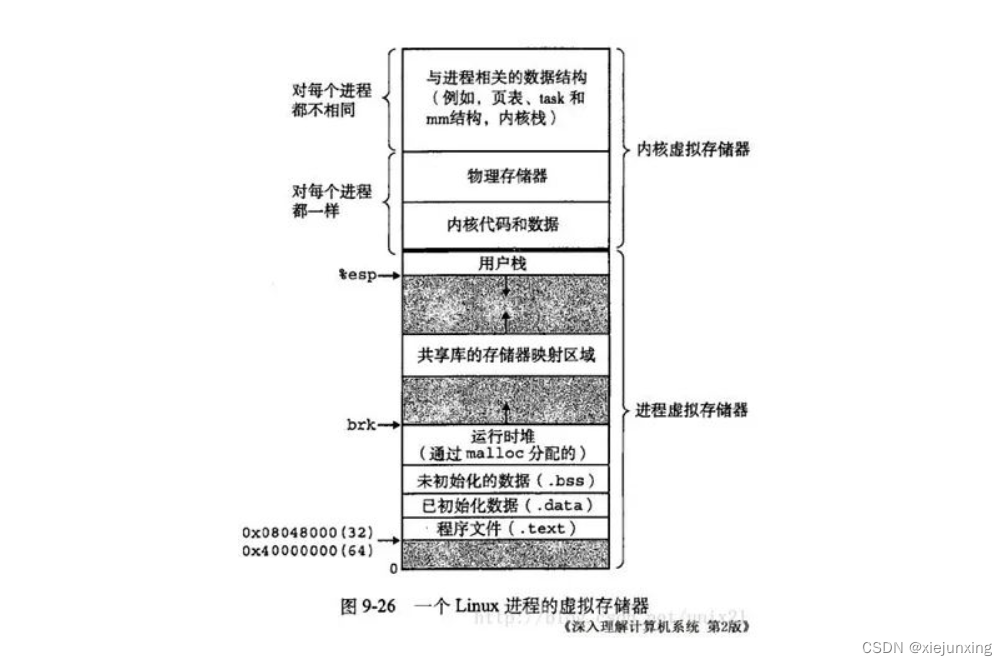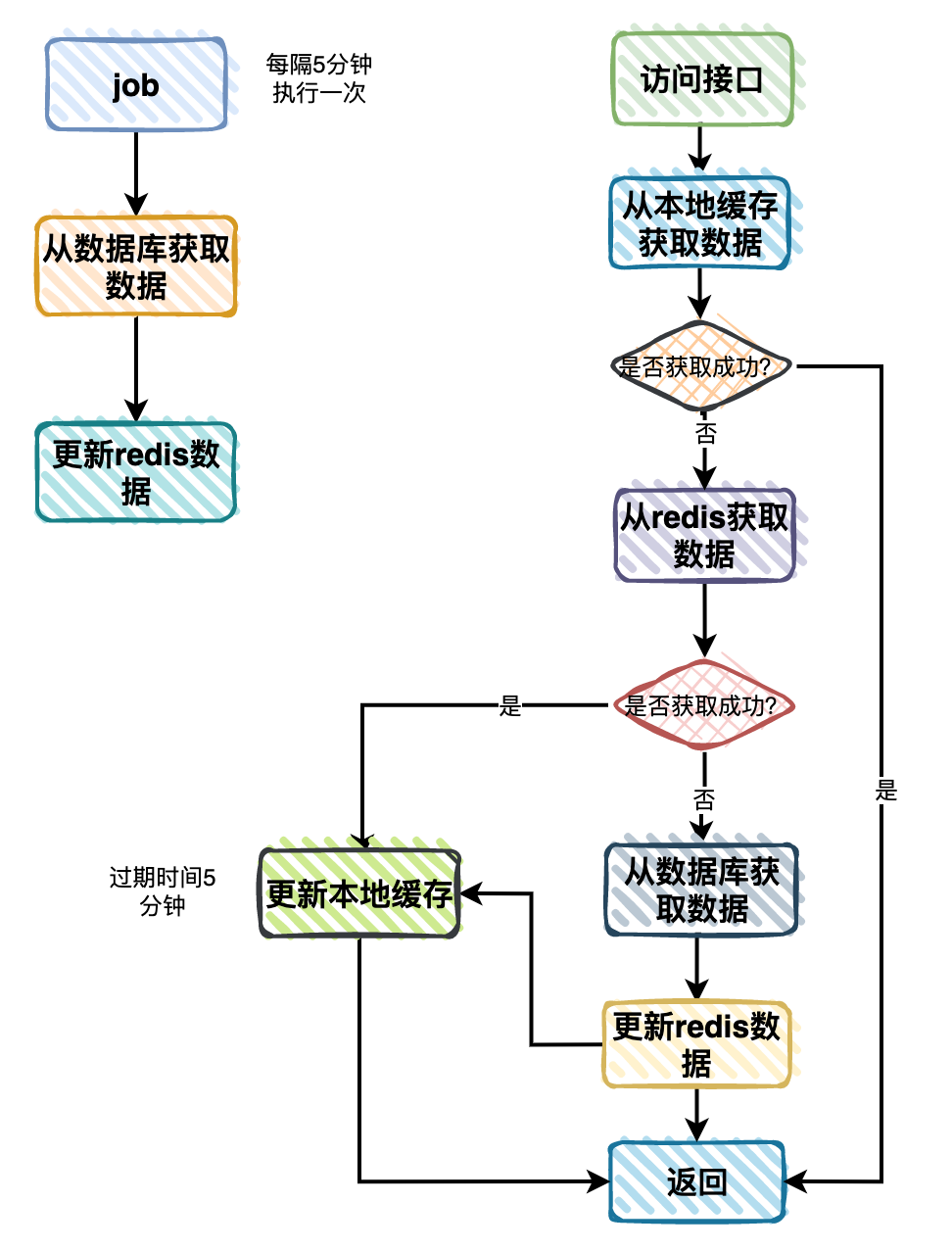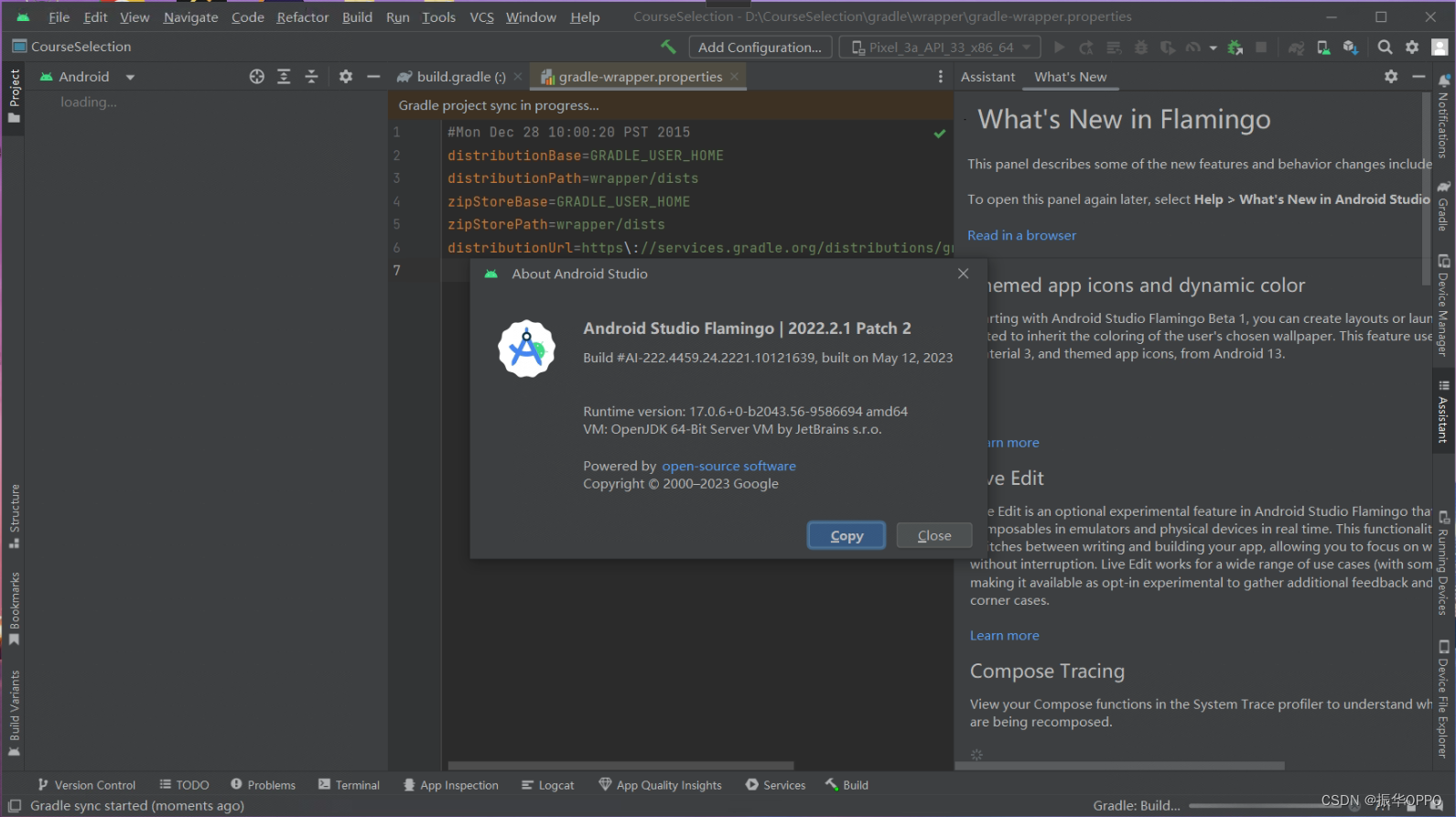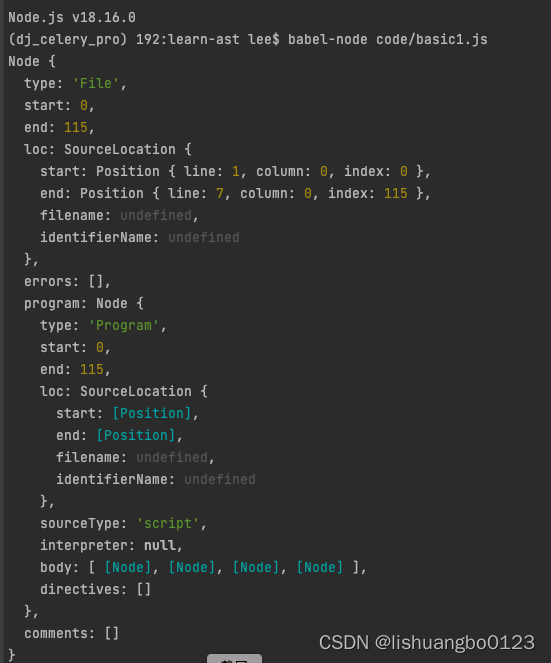一般说来,形容词放在所修饰名词的前面。单个的现在分词、过去分词以及动名词作定语,都是放在所修饰名词(或代词)的前面。这些称为前置定语。
例如:
a red flower/ an interesting story,这里red, interesting都是作前置定语的。后置定语顾名思义就是放在被修饰词的后面。
可以分为以下几类:
1形容词做后置定语
1)英语中有些以a为词首的形容词做定语时,均放在被修饰语后面。
例如:
The girl asleep soundly is my younger sister.
正熟睡的小女孩是我的小妹妹。
He is the greatest writer alive.
他是当代最伟大的作家。
- 以后缀-able 和-ible 结尾的形容词,在意义上有强烈的谓语色彩和被动意义时,也往往后置。
例如:
He is the only person reliable.
他是唯一可信赖的人。
I know the actor suitable for the part.
我认识适合扮演这个角色的演员。
- 形容词修饰不定代词时,一般放在其后。
例如:
I’d like something cheaper.
我想买些便宜的东西。
There is something strange in the sky.
天空中有些奇怪的东西。
- 形容词短语做修饰语时,往往后置。
例如:
He looked at the street full of cars.
他看着车辆拥挤的街道。
2副词做后置定语
副词做定语时一般放在名词之后,在意义上表示时间、地点等。
例如:
The weather here is very nice.
这里的天气很好。
The buildings around are mostly of modern constructions. 这附近多数是现代化建筑。
3现在分词短语做后置定语
英语中现在分词做定语可以前置,也可以后置。但现在分词短语做定语时,一定放在被修饰成分的后面,构成后置定语。
例如:
They built a highway leading into the mountains.
他们修建了一条通往山里的公路。
We met a group of pupils returning from school.
我们碰到了一群从学校回来的孩子。
现在分词短语做后置定语,在意义上相当于一个定语从句。但在转换时,要注意动词的主语和时态。
例如上述两句可转化为:
They built a highway which led into the mountains.
We met a group of pupils who returned from school.
4过去分词短语做后置定语
过去分词短语做后置定语时,表示被动意义、完成意义或状态意义。
例如:
What’s the language spoken in that area?
那个地区讲什么语言?
Is there anything planned for tonight?
今晚有什么活动吗?
5动词不定式做后置定语
动词不定式做后置定语与被修饰成分之间表示不同的语义关系。
- 表示动宾关系。
做修饰语的动词不定式为逻辑谓语,被修饰的名词为动词不定式的直接宾语。
例如:
I have a lot of work to do today.
我今天有很多活要干。
He had a big family to support.
他有一个大家庭需要他来养活。
- 表示主谓关系。
被修饰的名词表示逻辑主语,修饰它的动词不定式结构表示逻辑谓语。
例如:
He’s always the first to come.
他总是第一个来。
Among the men to take part in the work, he is probably the most active.
在要参加这项工作的人中,他恐怕是最积极的。
- 表示修饰关系。
动词不定式对其修饰的成分起一种描绘阐述作用。
例如:
It’s already time to start planting trees.
已经到了植树的季节。
He had no chance to go schoolin those years.
那时候,他没有机会上学。
- 表示同位关系。
不定式和被修饰的名词处于平行关系,只对其起一种解说作用。
例如:
Soon came the order to start the general attack.
很快下达了发起总攻的命令。
We got no instructions to leave the city.
我们没有接到离开这座城市的指示。
- 动词不定式复合结构做后置定语
动词不定式复合结构做后置定语和动词不定式短语一样,均只能放在被修饰成分后面,做后置定语。
例如:
He bought a house for his children to live in.
他买了一套房子给孩子们住。
It’s difficult for us to get there on time.
我们很难按时到达那里。
6介词短语做后置定语
介词短语做后置修饰语,在意义上表示时间、地点、范围、类别、来源、动宾、同位等语义关系。
例如:
The weather in Beijing is colder than that in Guangzhou.
(地点)北京的天气比广州冷。
People in the world play basketball.
(范围)世界上的人们都打篮球。
His love for his country is very great.
(动宾)他很热爱自己的国家。
The city of New York is very large.
(同位)纽约城很大。

https://www.sohu.com/a/153340742_568254


















